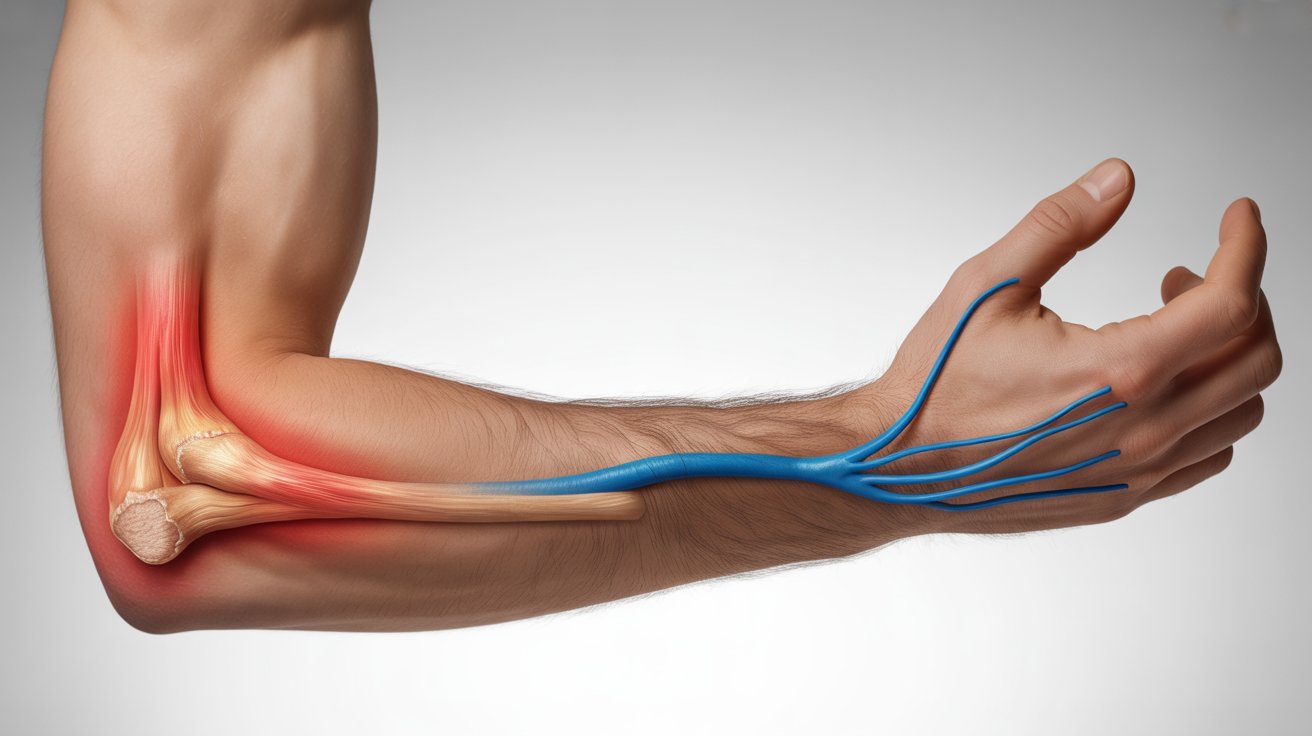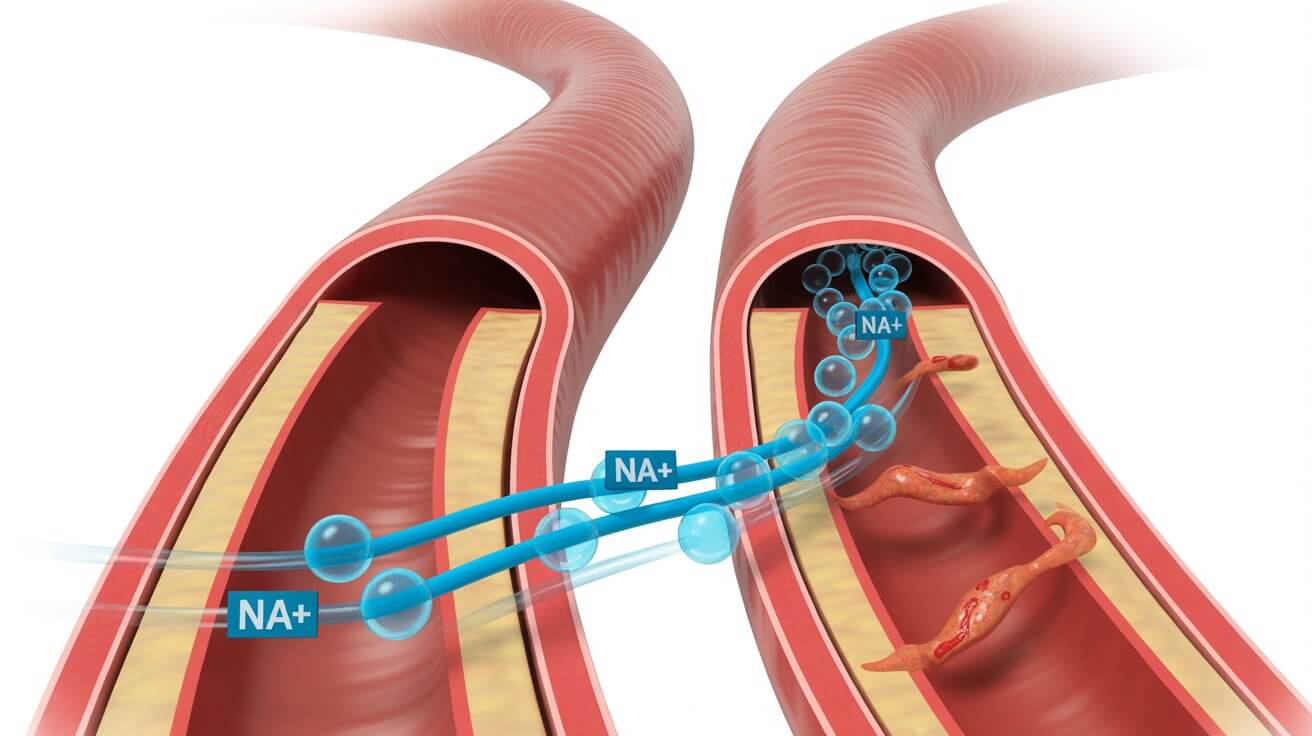Recurrent migraines can drain your energy, disrupt your plans, and turn everyday moments into challenges. They’re not just “bad headaches” — they bring throbbing pain, nausea, and light sensitivity that can steal days from your life. The good news? You can fight back using proven strategies to reduce their frequency, intensity, and impact, so you can enjoy more pain-free days.
The good news? You can fight back — and win. Science is giving us better tools than ever to reduce the number, intensity, and impact of migraine attacks. Let’s break down what experts recommend, in simple terms, so you can feel more in control.
First: Why Do Migraines Happen?
Migraines occur because the brain in people with this condition is more sensitive and “reactive” to certain triggers.
When a trigger appears — like stress, lack of sleep, skipping meals, hormonal changes, or certain foods — the brain goes through temporary changes in how it functions.
These changes affect how brain cells communicate and activate nerves involved in pain sensitivity. These nerves release substances that increase inflammation and cause the blood vessels around the brain to dilate.
This combination makes the brain send much stronger pain signals than normal, starting a migraine attack — often felt as a throbbing pain, usually on one side of the head, and accompanied by nausea, sensitivity to light and sound, and difficulty concentrating.
Prevention: Start with What Doesn’t Come in a Pill

Before talking about medications, it’s important to remember: lifestyle changes are the foundation of migraine prevention. Even those who need prescription treatment tend to do better when they combine both approaches.
Key non-drug strategies:
- Regular sleep — Go to bed and wake up at the same time every day to help stabilize brain activity.
- Stay hydrated — Dehydration is a common trigger.
- Avoid long gaps without eating — Have balanced meals at consistent times.
- Manage stress — Meditation, deep breathing, yoga, or short daily breaks can calm an overreactive brain.
- Regular physical activity — Moderate aerobic exercise (like brisk walking or cycling) for 30 minutes, 3 times a week can reduce the frequency and severity of attacks.
- Identify and manage triggers — Keep a migraine diary to spot patterns related to food, sleep, weather, and hormones.
- Limit alcohol — Heavy drinking can be a trigger.
- Supplements — Magnesium, riboflavin (vitamin B2), and coenzyme Q10 may help some patients, according to studies, though they don’t work for everyone.
When Lifestyle Changes Aren’t Enough: Medication Options
If, despite lifestyle changes, migraines remain frequent or disabling, preventive medications may be considered after professional evaluation.
People respond differently to treatment, so the choice of medication, dosage, and length of use is personalized, based on medical history, migraine patterns, and tolerance for side effects.
Possible options include:
- Beta-blockers (propranolol, metoprolol) — Reduce nervous system excitability.
- Tricyclic antidepressants (amitriptyline) — Act on pain pathways and mood regulation.
- Anticonvulsants (topiramate, divalproex sodium) — Stabilize brain electrical activity.
- Calcium channel blockers (flunarizine) — Useful for certain patients.
- OnabotulinumtoxinA (Botox®) — Approved for chronic migraine prevention.
- Anti-CGRP monoclonal antibodies — A newer treatment with good results for those who haven’t responded to other options.
The Importance of Avoiding Factors That Keep Migraines Going

It’s not enough to focus on what helps — you also need to eliminate what can worsen or maintain your migraines. Key factors include:
- Overuse of pain medications — Can cause “medication-overuse headache,” making migraines more frequent and resistant.
- High caffeine intake — Small doses may help during an attack, but daily heavy use can increase migraine frequency.
- Poor-quality sleep or untreated sleep apnea — Disrupt the brain’s recovery and increase pain sensitivity.
- Untreated emotional health issues, like anxiety and depression — Directly influence how often and how severe migraines become.
Addressing these issues can be just as important as starting a new preventive treatment, and may significantly reduce migraine frequency and severity.
- Also read: Is lemon water really a health miracle—or just hype?
Discover what science actually says in Lemon Water Benefits: What Science Really Says.
The Path Is Individual and Gradual
Effective prevention takes patience. Start with lifestyle changes, keep track of your attacks, and work with your healthcare provider to add treatments when needed.
The goal is simple: more good days, more energy, and less fear of the next migraine.
Medical Disclaimer: This content is for educational purposes only and does not replace professional medical advice, diagnosis, or treatment. Always consult your physician or a qualified healthcare provider with any questions about a medical condition.









